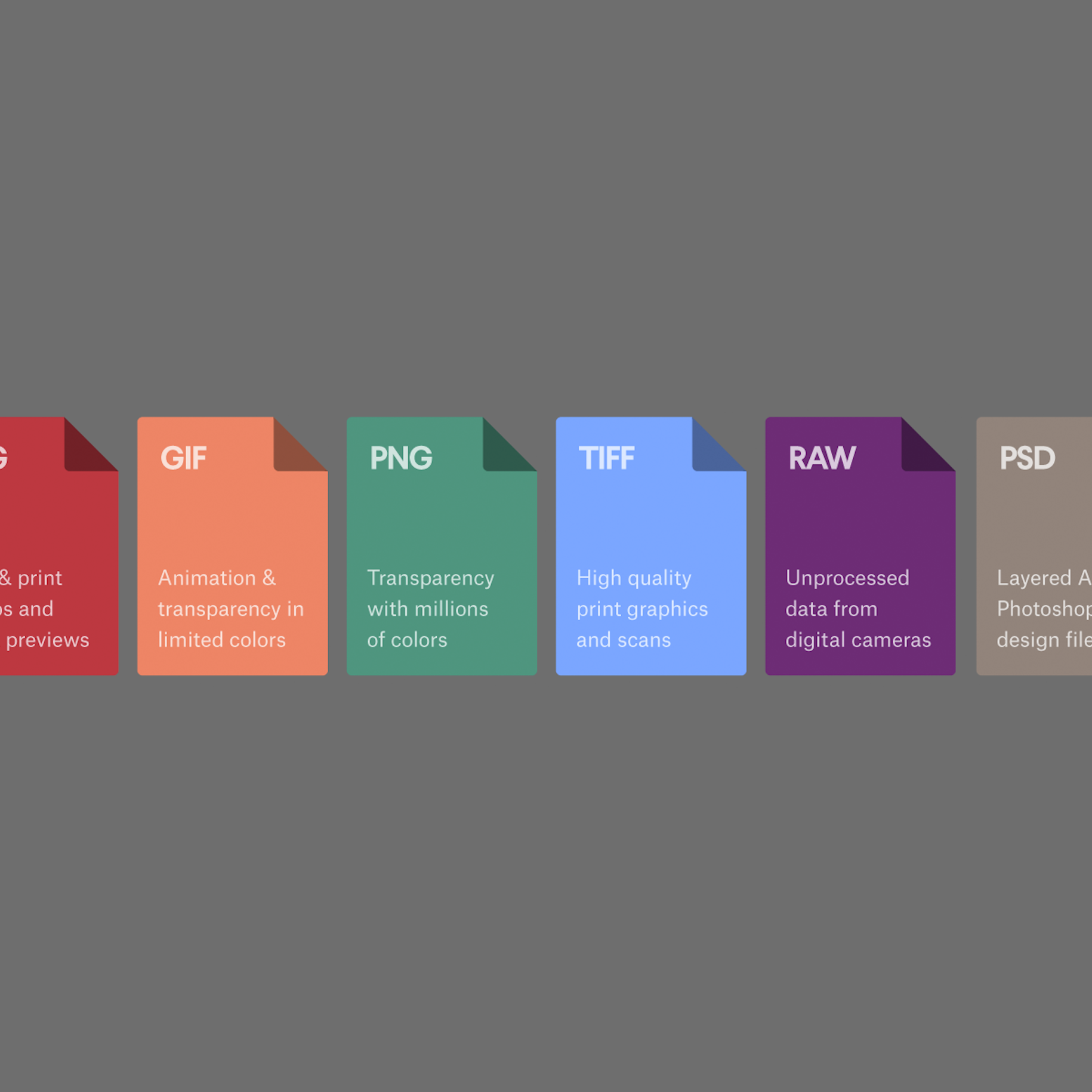In the world of graphic design, you’ll hear about vector images a lot. But what exactly is a vector image?
Table of Contents

Vector Graphics Vector graphics are not based on pixels but on primitives such as points, lines, curves which are represented by mathematical expressions. Without a loss in quality vector graphics are easily scale- and rotateable. Examples: cliparts, logos, tattoos, decals, stickers, t-shirt designs. Graphic design colorful geometrical lettering. Computer and monitor of graphic animator creating video game, modeling motion, processing video file, using professional editor. Vector illustration for graphic design, art, designer workplace concept. Vector Magic always traces your bitmap, carefully teasing out the underlying shapes in it, and provides you with a real vector image with all of its benefits. In contrast, there are numerous services available online that claim to convert bitmaps to vectors, but that in reality just embed the pixels without actually tracing them into vector shapes.
What is a vector image?
A vector image is a digital file that is not pixel-based. This means you can zoom in and scale up the image a huge amount without seeing any loss in detail. In contrast, a pixel-based image, or a bitmap or raster image, would lose quality and become blurry, meaning it is limited to the size of the image itself.
Need to Download CorelDRAW?
Download a Free 15-Day Trial Now!
Vector image files
Vector images are based on mathematical formulas that define geometry such as lines, curves, circles, rectangles, and other clear bold shapes. Images tend to be flat, using line art and uniform colors, and are generally found when working with logos, letterheads, and fonts.
Examples of vector files are SVG, EPS, AI, and PDF files. Examples of raster image files are JPEGs, PNGs, and GIFs.
The main benefit of a vector image is that it is instantly scalable with pristine resolution. No matter the size of the image, it will not become blurry or pixelated like a bitmap image. They can easily be edited and manipulated to change colors, shapes, and text, making them a go-to tool for graphic design. Mid 2012 macbook pro should i upgrade to mojave. Vector images are ideally suited for logos which may be blown up into print, for instance on clothing, car wraps, billboards, magazines, bus station ads - anything which requires the image to be scaled up a large amount. If you tried this with a bitmap image you would get a very blurry result.
Vector software

So how do you create a vector image? Well, there are plenty of different types of vector software out there to use. Examples include GIMP and CorelDRAW, used by graphic design enthusiasts and professionals alike.
How to make a vector image
There are two ways to create a vector image - the first is creating it from scratch within the software by designing something. The second is by vectorizing a bitmap image.
How to vectorize an image
Let’s imagine you are working with a JPEG logo file but the person who sent it to you does not have access to the original vector file. You are creating a large advertisement that will be printed and hung as a banner, but if you increase the size of the logo file it will lose resolution. You can jump into CorelDRAW and vectorize the file you have to turn it into a vector.
Need to Download CorelDRAW?
Download a Free 15-Day Trial Now!
Vector tracing
The process of vectorizing an image involves tracing the outline. There are generally tools included in design software that help you with this. For instance, CorelDRAW includes a tool called PowerTRACE which intelligently detects outlines and guides the tracing process. By tracing and recreating the logo file you can then export it from the software as a fresh vector file and use that in your project instead.
The opposite of this process is called rasterizing and happens when you want to convert a vector image into a raster or bitmap image. Maybe you’re working with a website which only accepts PNG or JPEG files and you know you won’t be scaling the image up. In this case, a raster image file works absolutely fine. Just remember to use the vector file if you decide to print the image.
Some artists and designers also work with vector images as a form of art or illustration. Imagine a stylized image that uses striking colors and lines rather than detailed shading.
As a designer, you might explore different stock image websites to find vector images for your designs. Outlines and silhouettes of objects work great as vectors to use within your projects. You can download these pre-made designs and use them yourself, or you can create them directly within software like Adobe Illustrator and CorelDRAW.
Another purpose for vectorizing images is to create art with them. Let’s imagine you had a photograph or an animal or a landscape. You could vectorize it in the same way you would work with a logo - by tracing the outline and key features within your design software - and creating a stylized impression of that photograph. You can color it digitally using bold, flat colors, and print it as a large piece of art.

Need to Download CorelDRAW?
Download a Free 15-Day Trial Now!
Vector Graphic File Name Extension
Raster vs vector
The final output of a vector file is usually an SVG or EPS file. When working with vector files, make sure to keep these final files in case you need to edit them. It’s easy to jump into your vector software and make changes to colors, text, lines, and other layers. That’s a huge advantage of vector files. If you were working with raster files though, everything would be flattened into one single layer, and the pixels would not be separated, so it would be extremely difficult to make any quick changes.
Vectors are powerful and useful image files that graphic designers cannot go without. If you want to elevate the quality of your designs and speed up your workflow then take the time to master using vector files, especially if you’re blowing up images to use in print.
A vector file is a type of electronic file used for computer graphics. Some key features are that a vector file describes graphics in terms of mathematical points, coordinates, and shapes. The graphics within a vector file will be easily scalable images. In addition, the vector image file type is frequently used when creating art for print projects.
Vector files are produced in a variety of file formats. For example, one file format type may be an Encapsulated PostScript (EPS) type, and uses EPS as its file suffix. The file suffix might also be a proprietary file type that is created by a software package specifically designed for creating vector graphics. Some of these other vector file formats are AI, CDR, and WMF.
Vector Graphic Files Free
The graphics within a vector file are primarily created by using geometric shapes such as circles, ellipsis, Bezier curves, squares, rectangles, polygons, and lines. More sophisticated designs are created by joining and intersecting shapes. Each shape is treated as an individual object within the larger image. Vector graphics work most effectively when the design is created from shapes filled with single colors or gradients.
Vector Graphic File Type
One benefit of vector graphics is that the images are scalable, and graphics can be increased or decreased without distorting the image. This feature makes the vector file type important in the field of logo design, because a graphic designer can easily scale the image to fit a variety of layouts while retaining a sharp and crisp appearance. Vector images are also used for illustrations, animations, cartoons, and scalable fonts.
Graphics within a vector file differ from a bitmap, or raster, graphic image file. Bitmap graphics are made up of pixels, or picture elements, in a grid format that defines the image. These images excel in displaying gradations of color and so they are useful for photographs, but they do not scale well. If they are scaled down the image will lose information, and if they are scaled up the image will appear pixelated.
Another benefit of vector files is that they are relatively small compared to bitmap images. It is also easy for illustration software to convert the art in vector files to bitmap images. Converting a bitmap image to a vector image is difficult for software, and often requires the designer to work with the image to achieve good results.
Vector File Extension
More sophisticated vector image software applications can use bitmap images as objects along with the traditional vector geometric attributes. In some cases, the images can be rival bitmap images for photorealism. This functionality greatly increases the usefulness of these applications.
